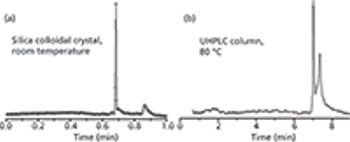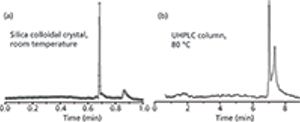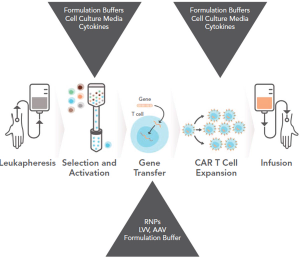Articles by Taylor Yonghua Zhang

Cellular and gene therapies (CGTs) have contributed significantly to the improvement of clinical outcomes for patients in the recent years. This paper discusses a range of physicochemical methods that play an important role in the difficult characterization of viral vectors, to meet the unique needs of CGT manufacturing process development, process and product characterization, and the quality control testing of these materials.

The complexity and challenges of developing, manufacturing, and controlling cell therapies offer today’s chromatographic scientists new opportunities to join the journey of discovery and innovation needed to develop and commercialize this new drug modality. This article explores the latest developments and highlights the importance of new capillary electrophoresis–mass spectrometry (CE–MS)-based approaches to understand the efficiency of cell therapy production.

This instalment describes recent advances and best practices in HPLC analysis of intact monoclonal antibodies (mAbs) and their variants and fragments.

The latest approaches to antibody characterization go beyond ion-exchange, size-exclusion, and reversed-phase modes to make use of affinity, hydrophobic interaction, mixed-mode, and HILIC techniques.









